#indigenousness
Text

#israel#secular-jew#jewish#judaism#israeli#jerusalem#diaspora#secular jew#secularjew#islam#Rome#roman#Titus#arch of titus#menorah#Hebrew slaves#Jews aren't from Europe#Jews aren't white#jews are indigenous to israel#indigenous#indigeneity#indigenousness
256 notes
·
View notes
Text
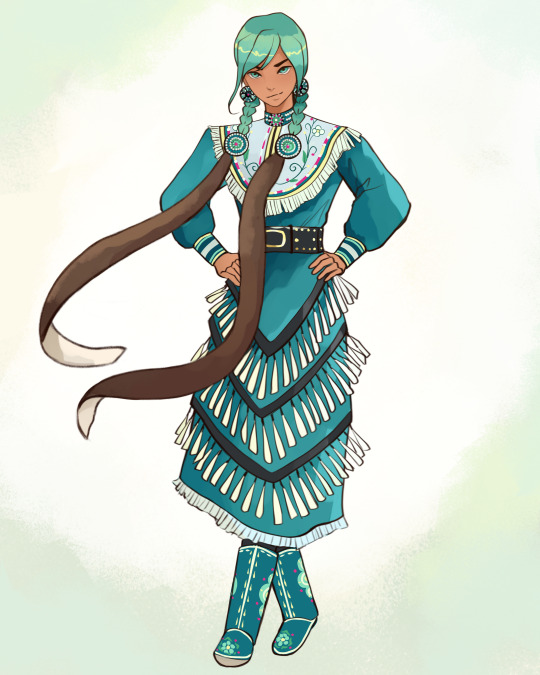
hopping on the miku in different cultures trend with anishinaabe (ojibwe) miku
67K notes
·
View notes
Text

Native Miku🩷😆😆😆
#my art#native artist#hatsune miku#miku#vocaloid miku#native Miku#indigenous art#native art#miku fanart#gumi#digital art#gumi isn’t having the best time at the powwow
40K notes
·
View notes
Text

métis hatsune miku !!!
39K notes
·
View notes
Text


#what if i killed everyone#what then#yanks try not to be racist about the desert challenge level impossible#australian#desert#indigenous australia
37K notes
·
View notes
Text
this headline is so fucking horrible why is it whenever indigenous people are murdered everyone avoids saying they were murdered
edit: i was really angry and sad when typing this out so i worded this badly. i know the journalist can’t say murdered when the police haven’t called it what which isn’t surprising considering how often police fail the indigenous community. however this headline should have at least said “found dead” or something like that

39K notes
·
View notes
Text
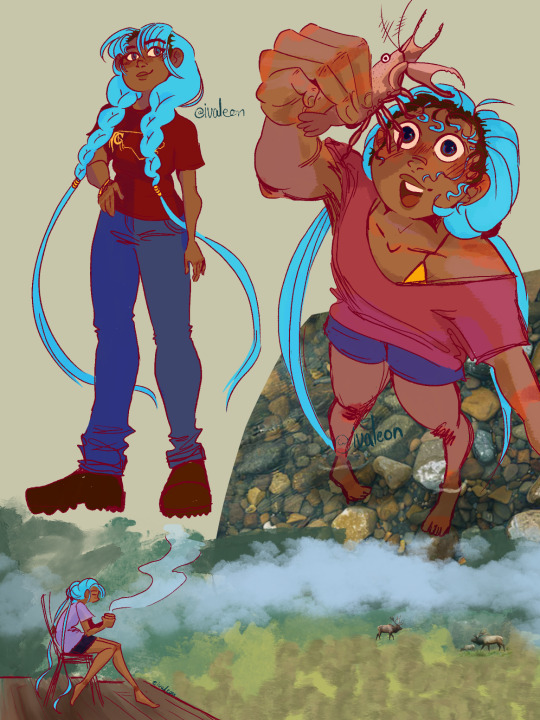
fuck it cherokee miku
i wanna see more indigenous mikus make it happen 🫵
#hatsune miku#ethnicity miku#wtf do u tag this#native american#????#cherokee#appalachian#YES IT OVERLAPS#thank you <3#my art#artists on tumblr#art#fanart#miku#demidraws#indigenous
21K notes
·
View notes
Text
source
On Friday, a group of protestors walked on Highway 89 in Cameron, Ariz., protesting Pinyon Plain Mine owner Energy Fuels trucking uranium ore through the Navajo Nation to Utah.
Uranium has a long history of impacts on the Navajo Nation and its people since the 1940s.
"We've seen the effects of these things in the past on our land, the spills into our rivers, into our communities, the residual effects on our on our health, of our children, our elders," Cameron resident Adair Klopfenstein said. "It's awful, and we don't want it to happen again."
The Pinyon Plain Mine, formerly known as Canyon Mine, began mining uranium ore in December and is expected to be actively mining for at least five years. The company had told 12News at the end of June it would start transporting the uranium ore to a mill in southeast Utah in July or August.
That hauling appears to have started before the pause was put in place.
"I call it illegal smuggling across our border and then through the Navajo Nation," Navajo Nation President Buu Nygren said.
And from June:
#Diné#Navajo#Navajo nation#news#human rights#u.s politics#american politics#current events#ndn#indigenous#Diné resistance#U.S Imperialism#Imperialism#solidarity#intersectional#systemic racism#treaty violation#call to action#indigenous ally#native ally#ally#allyship#kamala harris#joe biden#Harris 2024#genocide joe#vote
21K notes
·
View notes
Text
brazilian afro indigenous Miku (she's my cousin)

#brazilian miku#hatsune miku#vocaloid#miku brasileira#afro indigenous#indigenous#my art#vocaloid fanart#hatsune miku fanart#fanart
16K notes
·
View notes
Text
Seeing a lot of posts about the Palestinian flag, and it got me thinking about indigenous flags around the world.
Māori:

Kalaallit Nunaat:

Haudenosaunee

Nunatsiavut:

Australian Aboriginal:

Torres Strait Islands:

Rapa Nui:

Kurdistan:

Sami:

Ainu:

Of course, these are just a handful. May they all reclaim their stolen lands.
#palestine#free palestine#indigenous people#ainu#sami#rapa nui#inuit#greenland#maori#australian aboriginal#kurds#kurdistan#colonialism#decolonization#land back
16K notes
·
View notes
Text

#israel#secular-jew#jewish#judaism#israeli#jerusalem#diaspora#secular jew#secularjew#islam#mount of olives#indigenous#indigenousness#jews are from judea#hamas is isis#Isis#muslim brotherhood#islamism#caliphate#Islam is colonialism#colonial Islam
84 notes
·
View notes
Text

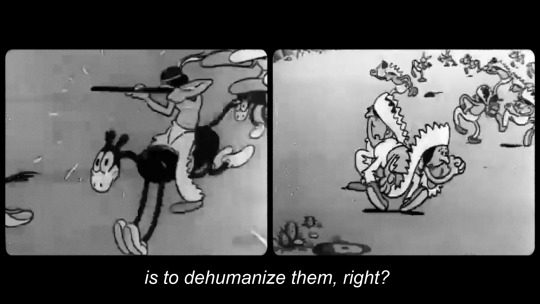
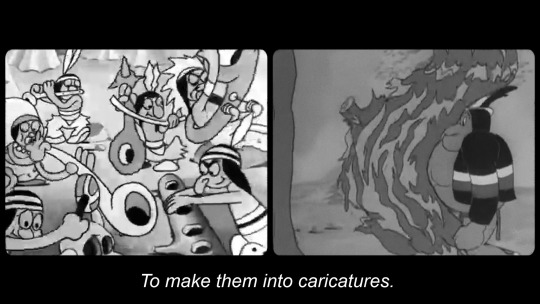
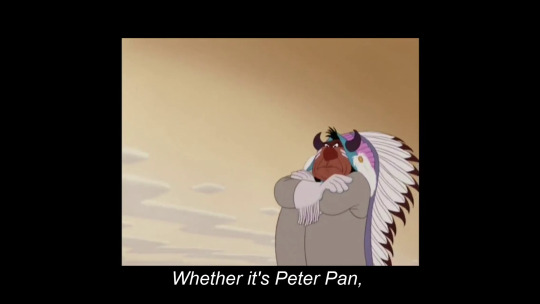



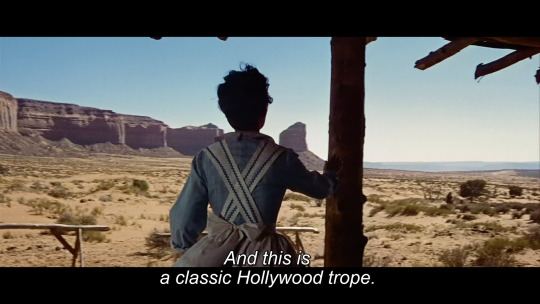

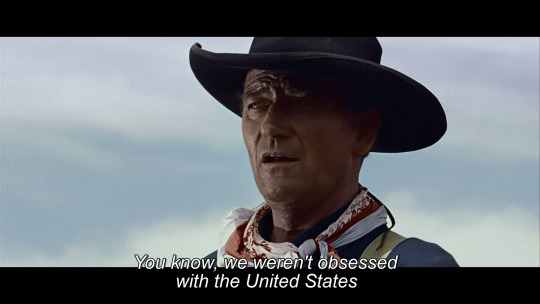
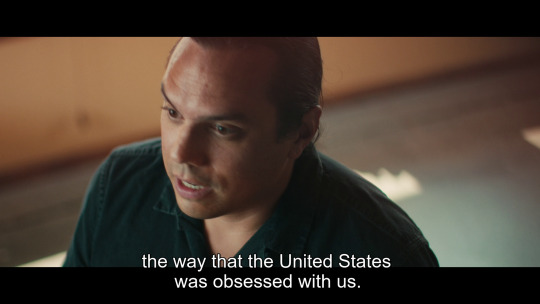
Lakota Nation vs. United States (Jesse Short Bull & Laura Tomaselli, 2022)
#lakota#indigenous#indigenous people#jesse short bull#laura tomaselli#female filmmakers#female directors#female directed films#women in film#native american#lakota nations vs. united states#documentary
44K notes
·
View notes
Text
"In a historic “first-of-its-kind” agreement the government of British Colombia has acknowledged the aboriginal ownership of 200 islands off the west coast of Canada.
The owners are the Haida nation, and rather than the Canadian government giving something to a First Nation, the agreement admits that the “Xhaaidlagha Gwaayaai” or the “islands at the end of world,” always belonged to them, a subtle yet powerful difference in the wording of First Nations negotiating.
BC Premier David Eby called the treaty “long overdue” and once signed, will clear the way for half a million hectares (1.3 million acres) of land to be managed by the Haida.
Postal service, shipping lanes, school and community services, private property rights, and local government jurisdiction, will all be unaffected by the agreement, which will essentially outline that the Haida decide what to do with the 200 or so islands and islets.
“We could be facing each other in a courtroom, we could have been fighting each other for years and years, but we chose a different path,” said Minister of Indigenous Relations of BC, Murray Rankin at the signing ceremony, who added that it took creativity and courage to “create a better world for our children.”
Indeed, making the agreement outside the courts of the formal treaty process reflects a vastly different way of negotiating than has been the norm for Canada.
“This agreement won’t only raise all boats here on Haida Gwaii – increase opportunity and prosperity for the Haida people and for the whole community and for the whole province – but it will also be an example and another way for nations – not just in British Columbia, but right across Canada – to have their title recognized,” said Eby.
In other words, by deciding this outside court, Eby and the province of BC hope to set a new standard for how such land title agreements are struck."
-via Good News Network, April 18, 2024
#canada#indigenous#first nations#haida#british columbia#canadian politics#land back#indigenous peoples#indigenous rights#indigenous land
17K notes
·
View notes
Text
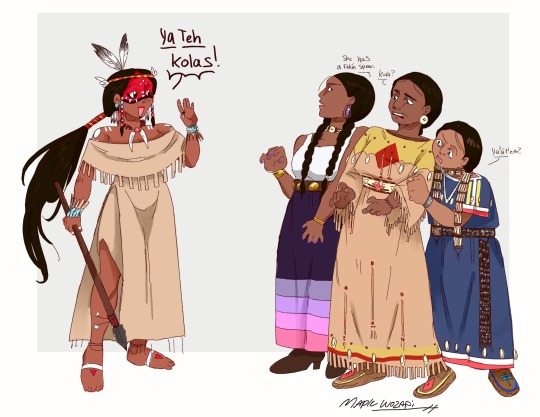
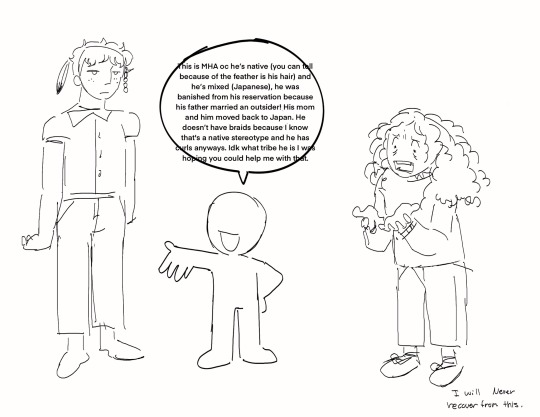
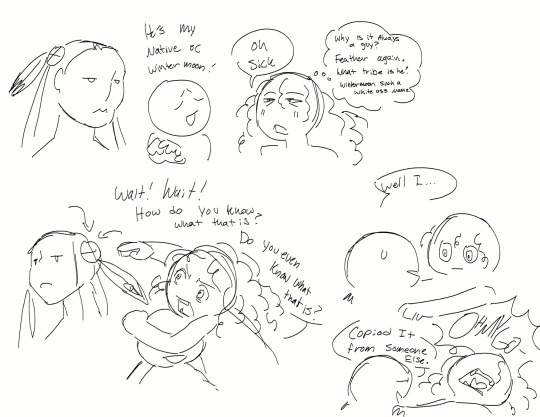

I genuinely feel like I’m going insane sometimes
#native artist#character design#digital art#indigenous artist#visual development#character art#oringinal character
59K notes
·
View notes
Text
Genocide experts warn that India is about to genocide the Shompen people
Who are the Shompen?
The Shompen are an indigenous culture that lives in the Great Nicobar Island, which is nowadays owned by India. The Shompen and their ancestors are believed to have been living in this island for around 10,000 years. Like other tribes in the nearby islands, the Shompen are isolated from the rest of the world, as they chose to be left alone, with the exception of a few members who occasionally take part in exchanges with foreigners and go on quarantine before returning to their tribe. There are between 100 and 400 Shompen people, who are hunter-gatherers and nomadic agricultors and rely on their island's rainforest for survival.

Why is there risk of genocide?
India has announced a huge construction mega-project that will completely change the Great Nicobar Island to turn it into "the Hong Kong of India".
Nowadays, the island has 8,500 inhabitants, and over 95% of its surface is made up of national parks, protected forests and tribal reserve areas. Much of the island is covered by the Great Nicobar Biosphere Reserve, described by UNESCO as covering “unique and threatened tropical evergreen forest ecosystems. It is home to very rich ecosystems, including 650 species of angiosperms, ferns, gymnosperms, and bryophytes, among others. In terms of fauna, there are over 1800 species, some of which are endemic to this area. It has one of the best-preserved tropical rain forests in the world.”
The Indian project aims to destroy this natural environment to create an international shipping terminal with the capacity to handle 14.2 million TEUs (unit of cargo capacity), an international airport that will handle a peak hour traffic of 4,000 passengers and that will be used as a joint civilian-military airport under the control of the Indian Navy, a gas and solar power plant, a military base, an industrial park, and townships aimed at bringing in tourism, including commercial, industrial and residential zones as well as other tourism-related activities.
This project means the destruction of the island's pristine rainforests, as it involves cutting down over 852,000 trees and endangers the local fauna such as leatherback turtles, saltwater crocodiles, Nicobar crab-eating macaque and migratory birds. The erosion resulting from deforestation will be huge in this highly-seismic area. Experts also warn about the effects that this project will have on local flora and fauna as a result of pollution from the terminal project, coastal surface runoff, ballasts from ships, physical collisions with ships, coastal construction, oil spills, etc.
The indigenous people are not only affected because their environment and food source will be destroyed. On top of this, the demographic change will be a catastrophe for them. After the creation of this project, the Great Nicobar Island -which now has 8,500 inhabitants- will receive a population of 650,000 settlers. Remember that the Shompen and Nicobarese people who live on this island are isolated, which means they do not have an immune system that can resist outsider illnesses. Academics believe they could die of disease if they come in contact with outsiders (think of the arrival of Europeans to the Americas after Christopher Columbus and the way that common European illnesses were lethal for indigenous Americans with no immunization against them).
And on top of all of this, the project might destroy the environment and the indigenous people just to turn out to be useless and sooner or later be abandoned. The naturalist Uday Mondal explains that “after all the destruction, the financial viability of the project remains questionable as all the construction material will have to be shipped to this remote island and it will have to compete with already well-established ports.” However, this project is important to India because they want to use the island as a military and commercial post to stop China's expansion in the region, since the Nicobar islands are located on one of the world's busiest sea routes.
Last year, 70 former government officials and ambassadors wrote to the Indian president saying the project would “virtually destroy the unique ecology of this island and the habitat of vulnerable tribal groups”. India's response has been to say that the indigenous tribes will be relocated "if needed", but that doesn't solve the problem. As a spokesperson for human rights group Survival International said: “The Shompen are nomadic and have clearly defined territories. Four of their semi-permanent settlements are set to be directly devastated by the project, along with their southern hunting and foraging territories. The Shompen will undoubtedly try to move away from the area destroyed, but there will be little space for them to go. To avoid a genocide, this deadly mega-project must be scrapped.”
On 7 February 2024, 39 scholars from 13 countries published an open letter to the Indian president warning that “If the project goes ahead, even in a limited form, we believe it will be a death sentence for the Shompen, tantamount to the international crime of genocide.”
How to help
The NGO Survival International has launched this campaign:
From this site, you just need to add your name and email and you will send an email to India's Tribal Affairs Minister and to the companies currently vying to build the first stage of the project.
Share it with your friends and acquittances and on social media.
Sources:
India’s plan for untouched Nicobar isles will be ‘death sentence’ for isolated tribe, 7 Feb 2024. The Guardian.
‘It will destroy them’: Indian mega-development could cause ‘genocide’ and ‘ecocide’, says charity, 8 Feb 2024. Geographical.
Genocide experts call on India's government to scrap the Great Nicobar mega-project, Feb 2024. Survival International.
The container terminal that could sink the Great Nicobar Island, 20 July 2022. Mongabay.
[Maps] Environmental path cleared for Great Nicobar mega project, 10 Oct 2022. Mongabay.
#shompen#genocide#stop genocide#india#indigenous#indigenous peoples#indigenous rights#human rights#anthropology#stateless nations#end occupation#andaman and nicobar islands#nicobar islands#great nicobar#💬#asia#geopolitics#ecocide#sustainability
22K notes
·
View notes
Text
a reminder that your advocacy for ending the occupation of Palestine should also extend to advocating for Indigenous and First Nations peoples' liberation in your own country. The anti-colonial struggle is a global one. Show up for Indigenous people everywhere you can because we are under occupation almost everywhere. Not to mention the Zionist occupation is supported almost exclusively by the colonial world powers. Your advocacy for the liberation for Palestine must go hand in hand with advocacy for First Nations liberation and Land Back.
22K notes
·
View notes